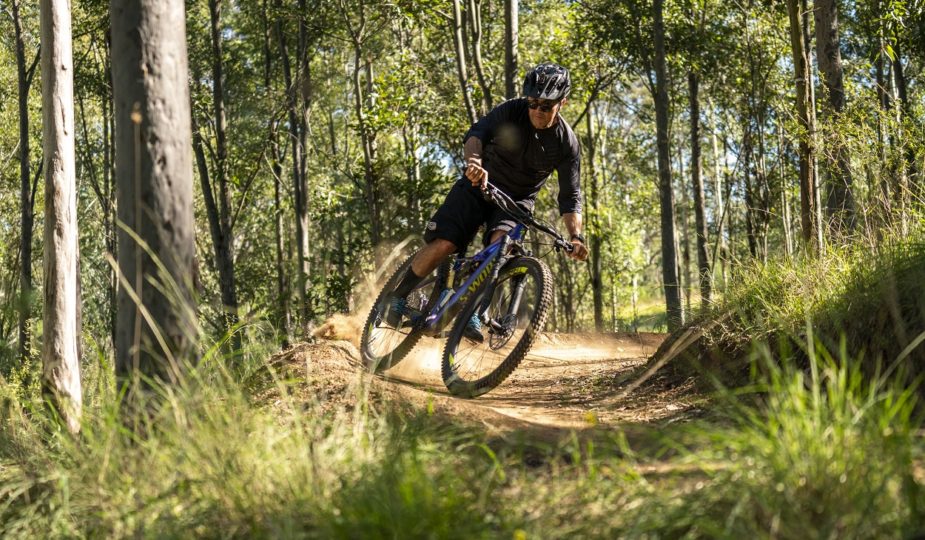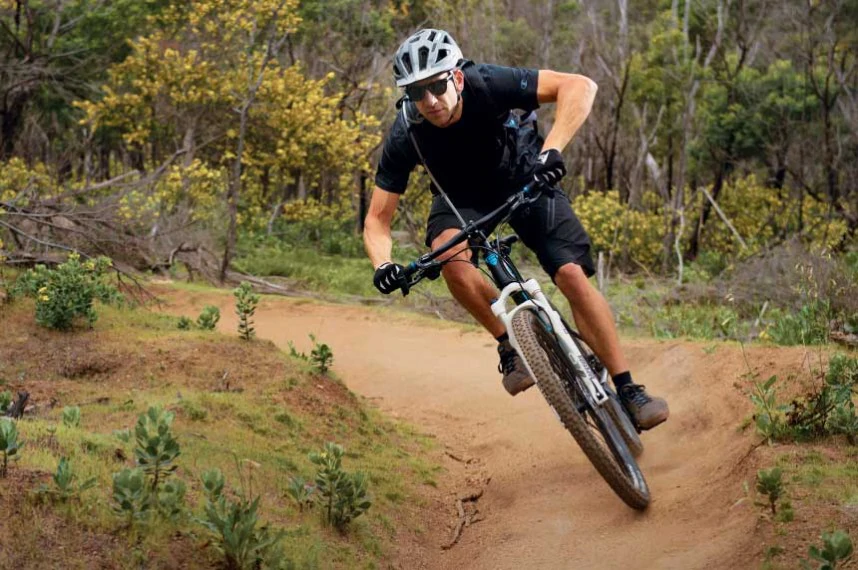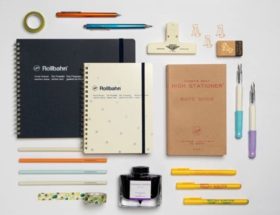
Tips on Choosing Your First Mountain Bike
Those who are not familiar with bikes might think one bike fits all. But there is a wide array of bikes, let alone mountain bikes. The build of mountain bikes overcomes the most challenging terrains. They are the bikes for those who want to seek adventure and go off-road cycling. They have a sturdy build and are heavyweight. The brakes in MTB are powerful. Their tires are knobbed and their handles are wide enough to ensure balance on rugged roads.
In choosing a mountain bike, you cannot base it solely on the design or color. There are more things to consider than style or appearance. So what are the things you need to mull over?
- Make sure it is the right fit. You need to buy a bike with the appropriate frame size. Manufacturers are settling on generalized sizes like small, medium, or large when there is no regular small or regular large. For example, the small of one brand is the same size as the medium of another brand. To see if the frame size is a good match with your body, measure the reach and stack to determine your position on the bike. The objective is to have a relaxed upright position. If you are going for the comfortable upright position, the stack must be higher, and the reach must be shorter. Comfort is necessary when treading through challenging terrains and longer distances. The higher the stack and the shorter the reach, the more you will be able to breathe effortlessly in places that you need to ascend. However, if the stack is shorter and the reach is longer, it is for another purpose. It places the rider in an aggressive and aerodynamic position but for enhanced competence.
The seat tube angle is also essential. Racers prefer a steeper angle because it positions the saddle frontward and rearward for shallower angles. Steeper seat tube angles permit the rider to an aerodynamic position which encourages power riding.

- Consider the tire size of your mountain bike. The usual choice of riders is those fat tires that are 27.5 inches to 29 inches because these tire sizes can withstand difficult and tricky terrains and go the distance. Plus-size wheels are more preferred though there is an issue with the tire pressure.
- Pick full suspension mountain bikes. Full suspension mountain bikes are engineered for aggressive riding since they have a front and back shock. They can lead you to ride smoothly on a technical trail. If you don’t have a convenient ride that will also help you ride faster amid humps and bumps, full-suspension mountain bikes will do the trick.
- Bike weight is vital and affects the performance of the rider. But bike weight is not all there is. You need to prioritize several other riding factors. Many bike manufacturers nowadays obsess and focus on making their bikes ultra-lightweight instead of concentrating on durability. As a consumer, do not focus too much on the bike’s weight, but see if the body build can endure for a long time. The objective must be to have as less maintenance as possible on the bike.
- Do not be deceived by an attractive bicycle gearing system. Manufacturers often make them as appealing as they can to trick buyers into purchasing the mountain bike. While it is true that a caliber bicycle gearing system is vital, look at the quality of the other components such as the chainset, the brakes, the chain, and the gear sprockets. If the other bike parts do not get the attention they deserve, you will suffer the consequences.
- Choose a mountain bike brand well-known for its high-caliber performance. Trek, Marin, Merida, and Mongoose are among those popular brands patronized by many bikers. Bikers consider Trek Mountain Bikes as the leader in technological advancement. Marin Bikes are famous as they are well-patronized by cyclists who have also won racing or biking competitions. Known cyclists like Vincenzo Nibali have trusted the Merida brand. Merida companies also manufactured Mongoose.
- Do not spend everything on the bike. Spare some budget for your biking paraphernalia and spare parts. You will need a helmet, proper biking outfit, shoes, and spare tires to replace your tires not just during tire punctures but whenever there is a need to change the tire to something bigger or heavier depending on the trail you will ride on. You might also need some extra money for maintenance and upgrading. So do not spend everything all at once.
Choosing the mountain bike for you as a beginner needs scrutiny and expert advice. There is a website bikeoutnow.com available where you can find the best mountain bikes according to your needs. Take into consideration all factors to have an enjoyable, comfortable, convenient, and smooth ride whatever terrain awaits you.









